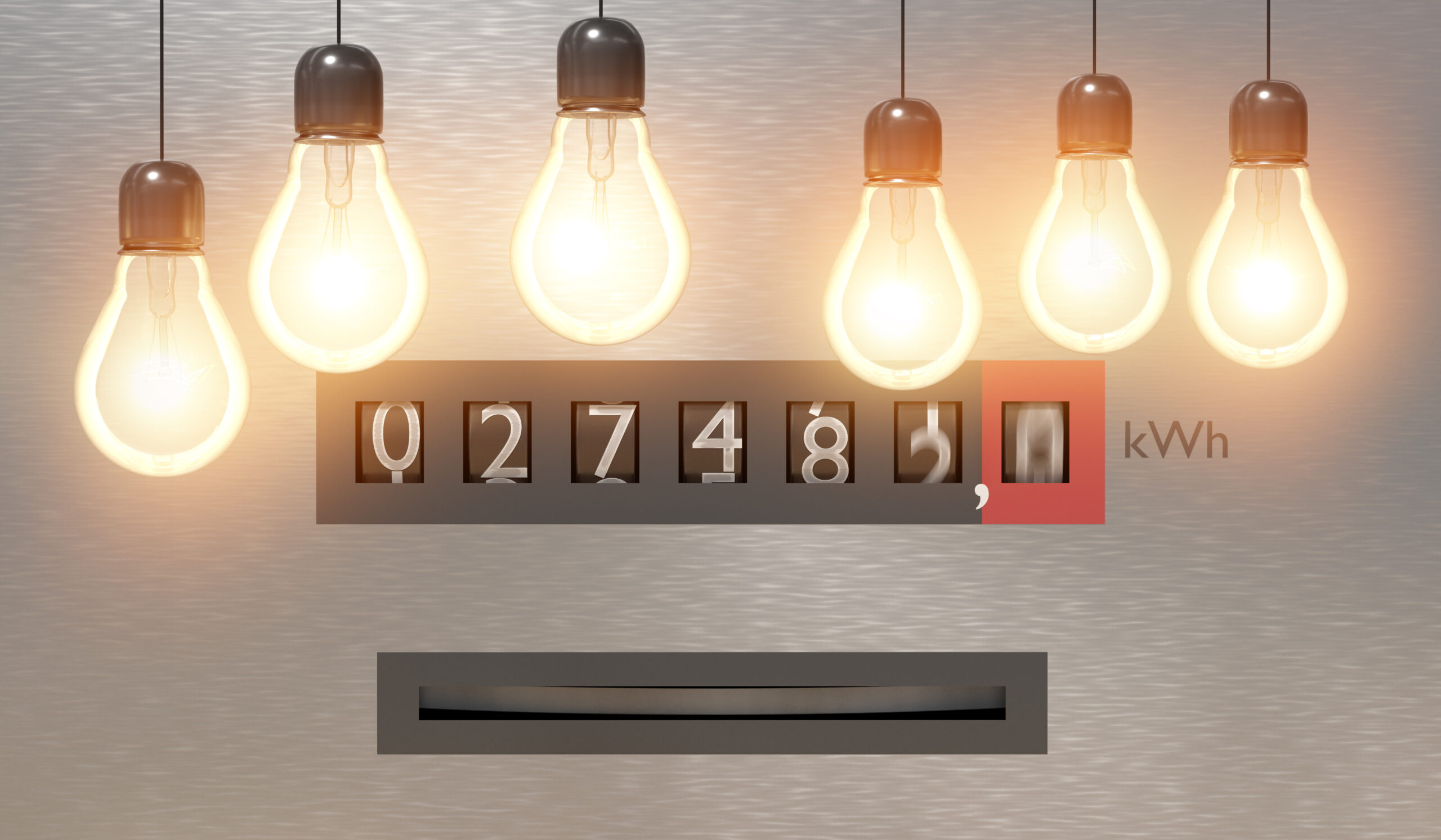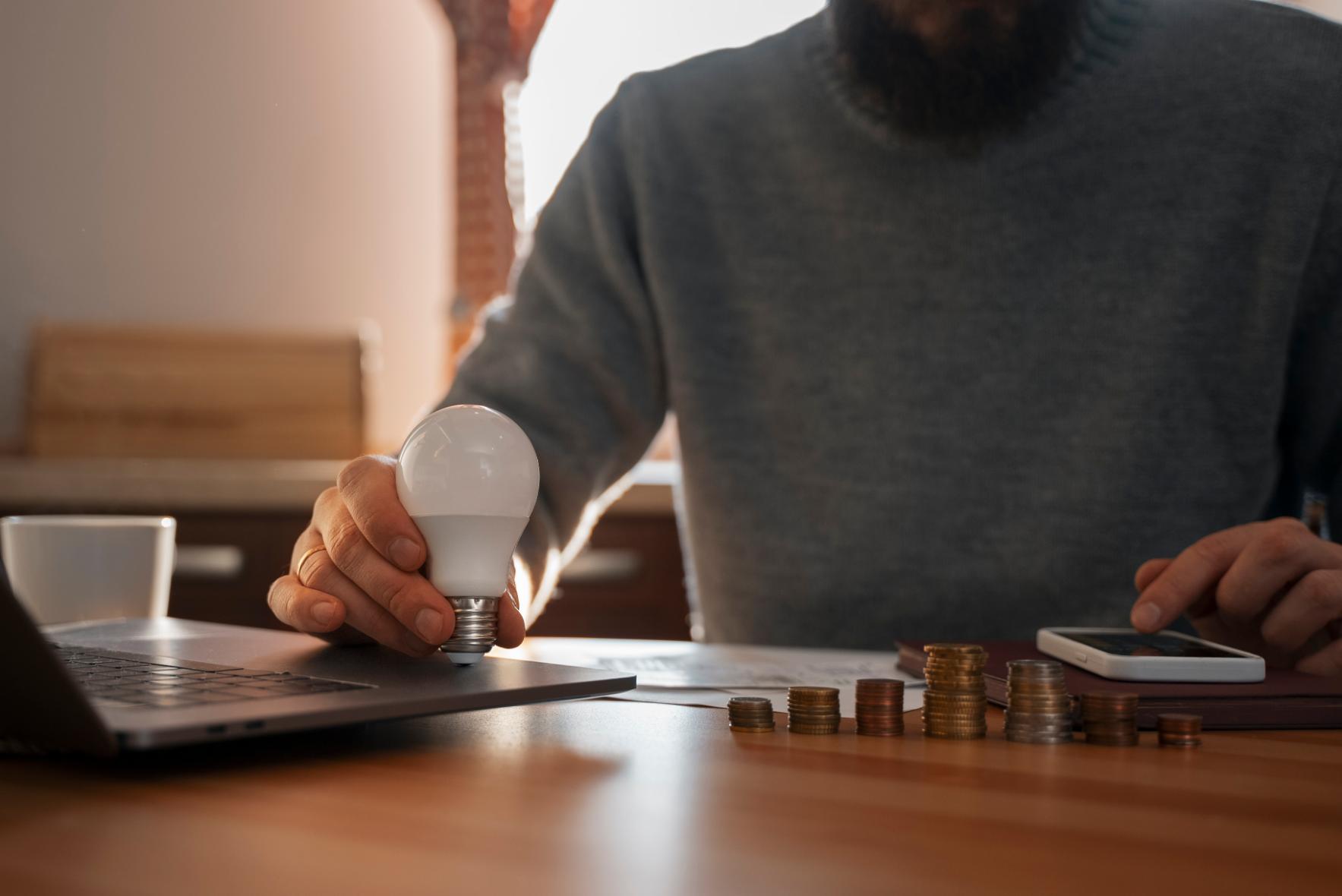It’s 2022 and there’s officially a device for everything! Unsurprisingly, this includes gadgets and gizmos that you can use around your home to become more energy efficient and save money on your bills at the same time. What might be more of a surprise, is how much electricity some of your daily devices are draining, without you even knowing it’s happening.
This page will look at our top 8 favourite energy-saving devices, and the 8 you should turn off or throw out!
Top energy saving devices for your home
If you feel like you’re doing your absolute best to be energy savvy but your bills are still climbing, try some of these smart devices to take the load off your shoulders and do the saving for you.
1. Motion detectors
You can use motion detectors both inside and outside your home. They work by activating appliances only when someone is present, and turning them off when the motion has stopped. The result is that you can rest easy knowing that lights, heaters and air conditioners are only being used in rooms that someone is occupying.

This is a perfect solution for homes with children who don’t always remember to turn the lights off when they leave a room, and even for small businesses to save on costs in your office space.
2. Water efficient showers
In some states, water-efficient taps and showers are mandatory for new builds and rental properties. But even if you don’t have to have them, you probably should!
By controlling the amount of water you use in the shower you can half your water consumption, which makes a significant impact on your bill! In addition, your hot water system won’t be working as hard, so you will have secondary savings on your electricity or gas. In Australia, water heating makes up an average of 21% of an energy bill, so it’s definitely worth the investment.
3. Smart lights
LED light bulbs with smart light technology are the ultimate electricity saving combination. LEDs use up to 90% less electricity than regular bulbs.

By investing in LED smart bulbs and connecting them to an app on your phone, you can easily turn lights on and off in any room at the touch of a button, so you’ll never be wasting money by lighting empty rooms again!
4. Smart thermostats
Similarly to smart lights, a smart thermostat lets you control the temperature in any room in your house through an app on your smartphone.
In addition, you can create schedules to make sure your home is ready for when you wake up or return from work, but not a moment before!
5. Master power boards
By plugging in all nearby appliances to a single master power board, you can turn them all off at the plug with one switch. This is a really effective way to make sure your appliances are not being left in standby mode, which can make up to 10% of an average Australian energy bill.
At the end of each day, or whenever you are no longer using a room, you can simply flick one switch to power down the whole area and make some big savings!
6. Energy tracking apps
If you have a smart meter to connect electricity and gas at your home, then your energy retailer or distributor will provide you with an energy monitoring app, where you can track your usage in real-time.
Most apps also include graphic representations of your energy usage, so you can easily see the times of day you are using the most energy and take action to cut out any wastage. You can also try to move some of your heavy energy usage to off-peak times to take advantage of lower rates during these periods.
You will need a Time of Use (ToU) tariff to access off-peak rates, so it is worth switching electricity and gas plans to unlock these savings. An expert at CheapBills can help you compare electricity plans and find the perfect one to use with your smart meter.
You can find out more about Smart Meters and how to upgrade here: How a Smart Meter could be the answer to cheap electricity and gas
7. Smart Windows
A smart window is the peak of smart home insulation! They work by using a thermochromic filter which is activated when the exterior glass reaches a certain temperature. At this point, the glass transitions to a tint, which works to block heat from your home, avoid your rooms warming up and reduce the work your air conditioner has to do to maintain a comfortable temperature.

8. Solar Batteries
This is by far the biggest investment on the list, but it could mean you can become completely self-sustaining when it comes to electricity.
A solar battery stores excess energy from your PV solar panels so you can use it at any time of the day or night when your panels are not generating enough power. This means you don’t need to buy any electricity from the grid.
Several retailers offer Virtual Power Plant (VPP) plans, which connect you to other solar battery users to share energy and further reduce any reliance on the grid.
Top energy suckers in your home
Now you know how to save, let’s take a look at the sneaky energy drainers that might be using a lot more power than you realise!
1. Televisions
Your television is the number one culprit when it comes to phantom or “vampire” power. Make sure you turn it off at the wall or unplug it when it is not in use and you’ll see some real savings on your bill.
2. Computers and laptops
Laptops can use the same amount of electricity as an average television, which is one of the hidden costs of working from home. Make sure you unplug it whenever you are not actively charging and turn your laptop or computer off at the end of each day.
3. Microwave
It’s very uncommon to unplug a microwave every day, it is after all a permanent kitchen appliance. But microwaves use electricity all the time, so unplugging them or turning them off at the switch whenever you are not cooking will save you money every day!
4. Phone chargers
Leaving your phone on charge overnight is the convenient way that most f us make sure we wake up with 100% battery, ready for the day ahead. But this habit means your charger is using electricity all through the night, long after your phone becomes fully charged. Add this up across all the chargers in your house and you’ll find you are wasting a lot of power that is driving up your bill.
5. Game consoles
Gaming enthusiasts, we’re looking at you! Games consoles burn through energy when used regularly and left switched on or in standby mode even when you’re not playing. Make sure when you are not using your console, it is unplugged at the socket to avoid a bill shock next quarter.
6. Set-top boxes
You should plug your set-top box into a master powerboard, along with your television, speakers and games console. This way you can turn them all off every time you leave the room and increase the energy efficiency of your living room by tenfold.
7. Internet routers
Unfortunately, these energy hogs cannot easily be switched off when not in use, without having the lengthy process of rebooting them each time. Turning them off when you are away for a prolonged period of time, for holidays or weekends away, will help to save some money.
8. Kettles and toasters
Although your kitchen appliances are fairly innocent, when compared to some of the other items on the list, you will still notice a difference in your bill each year if you make sure you buy energy-efficient appliances and turn them off whenever they are not in use.
For bigger appliances, such as dishwashers and washing machines, try to run them during off-peak times to reduce how much you spend.
Next steps
To make sure you are not paying too much for your power, talk to an expert at CheapBills who can find you the cheap electricity and gas plan and arrange to move home electricity to a new provider. You can also read some more energy-saving tips with the links below.








